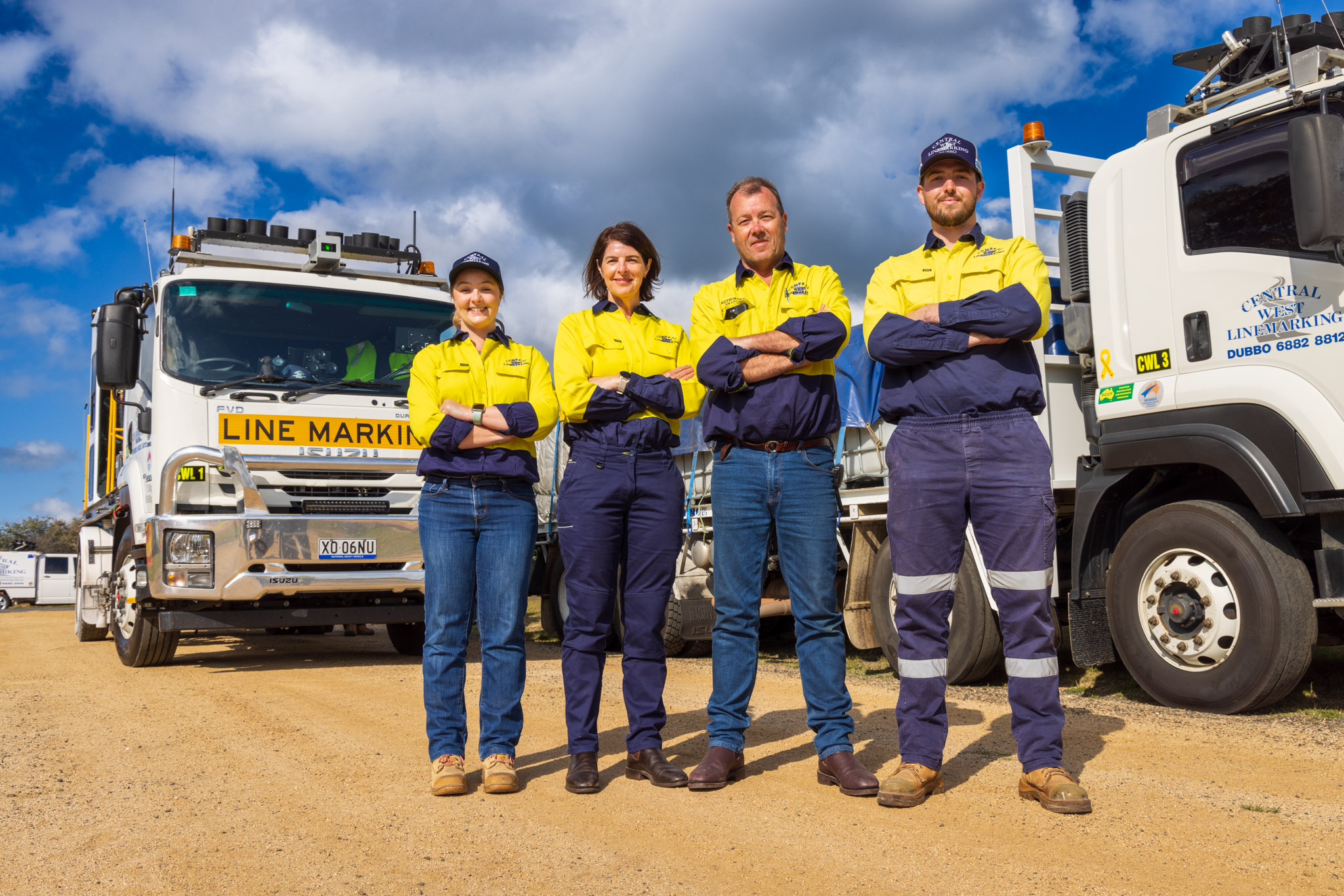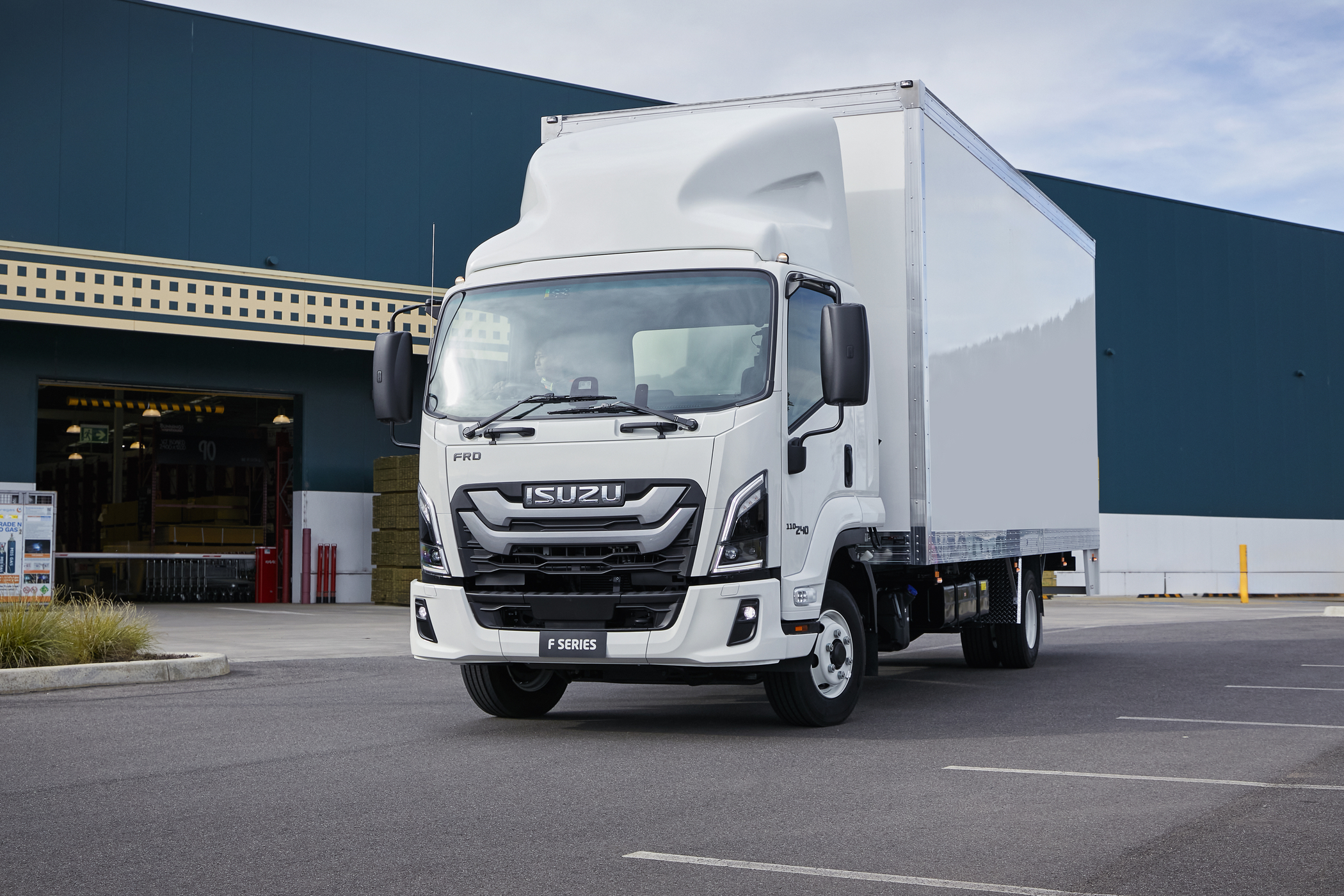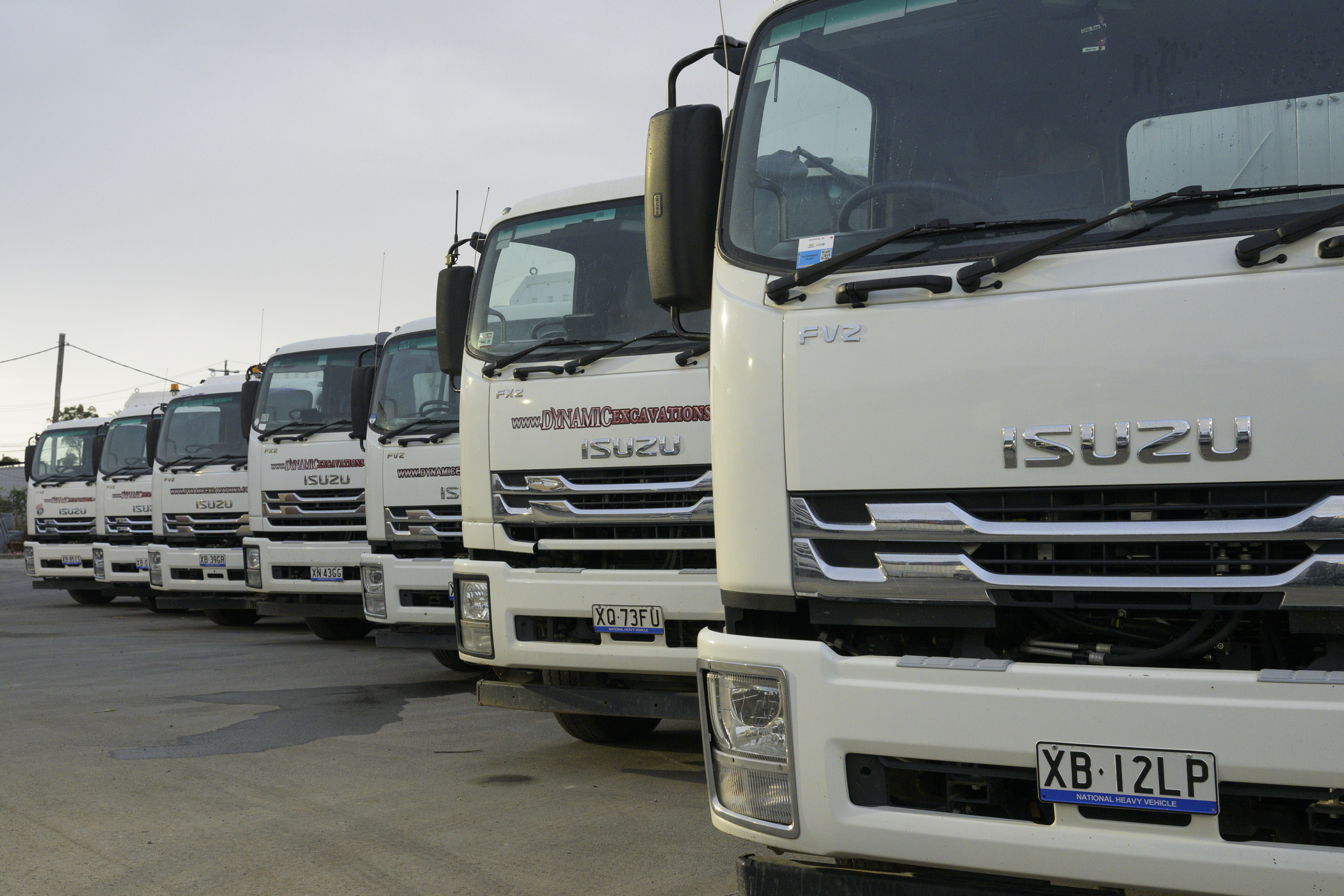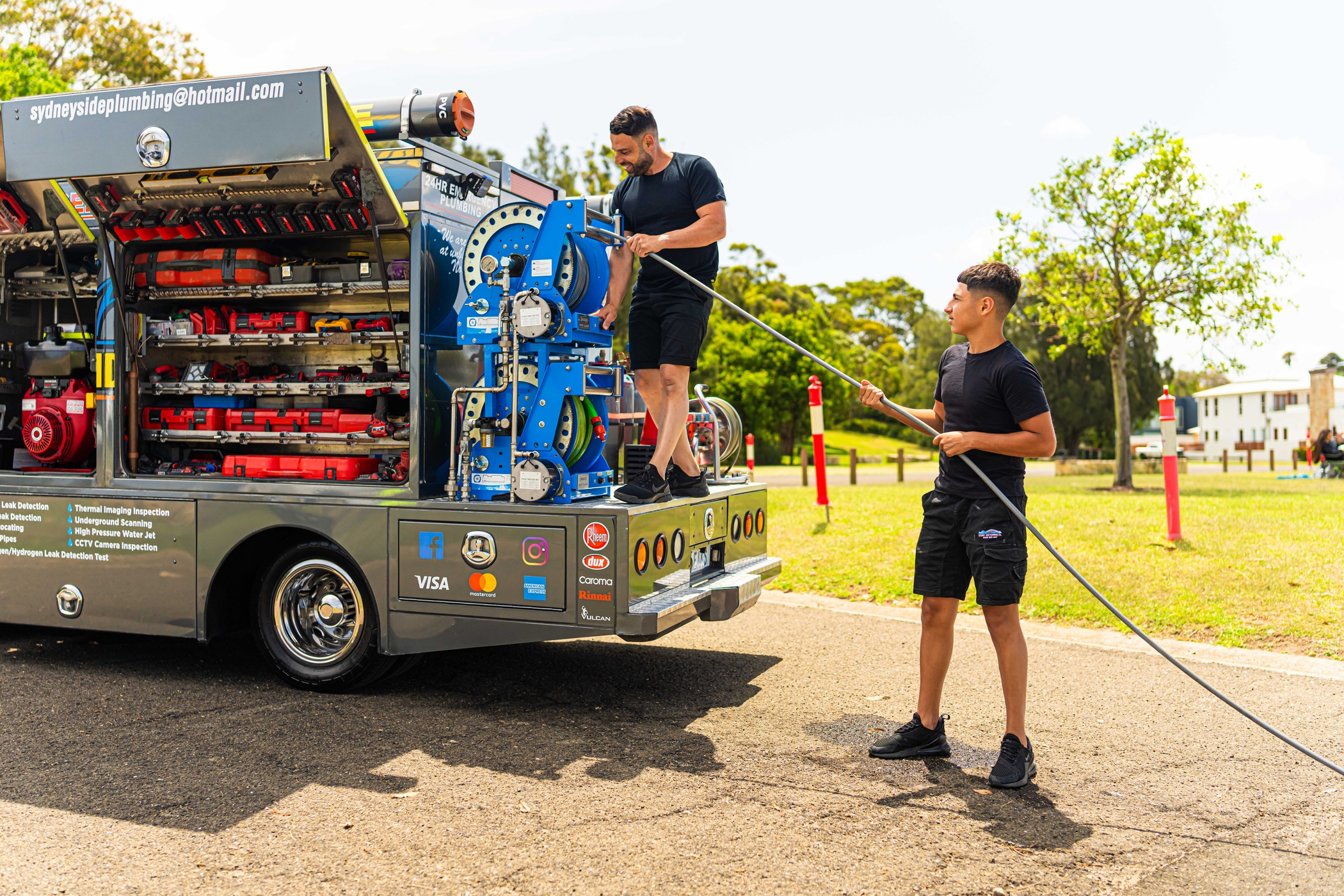TREADING WITH CONFIDENCE: AN EXPERT’S GUIDE TO TYRES

 Ben Linford is the Senior Field Engineer at Michelin Australia, making him one of Australia’s pre-eminent experts when it comes to the behaviour of rubber on the road. As a key figure in the design and production of Michelin tyres, Ben’s the perfect candidate for an all-you-need-to-know blog about tyres.
We sat down with Ben to reveal how the right tyre can save you big bucks.
Ben Linford is the Senior Field Engineer at Michelin Australia, making him one of Australia’s pre-eminent experts when it comes to the behaviour of rubber on the road. As a key figure in the design and production of Michelin tyres, Ben’s the perfect candidate for an all-you-need-to-know blog about tyres.
We sat down with Ben to reveal how the right tyre can save you big bucks.
1. Ben, we’ll start with the most important question: what should truckies keep in mind when selecting their tyres?
Truck drivers need to carefully consider the conditions they want to operate in. Loads, routes, road types, climate – yes that’s right, the weather – and types of trucks and trailers should all influence tyre selection. It can be a long process, but the potential cost savings are significant.2. How do truck tyres differ from car tyres?
The basics of a radial tyre are essentially the same for car and truck tyres, but due to the force applied to heavy truck tyres, steel cords are used in the radial casing, rather than a standard car tyre’s textile radial case. Due to the complexity of heavy truck operations, their tyres are also designed for specific steer, drive and trailer positions.3. Which surfaces or driving conditions put the most wear and tear on truck tyres?
There is no rule of thumb on this as every user is different, but surprisingly, urban operations often have the highest tyre wear-rate per millimetre.4. How often should truck tyres be checked, and what needs to be checked?
If you’re a truck driver, you’re probably already required to do a pre-trip inspection of your tyres before each shift, but this is generally limited to a visual inspection. We suggest monthly pressure tests because an average tyre will naturally lose one to two PSI (pounds per square inch) per month. In addition to checking tyre pressure, closely observe the general appearance of your tyres. Look for cuts and snags or any wear that could make the tyre unsafe.5. How should a truck driver maintain their tyres?
Pressure, pressure, pressure! This is the number one tip I’d give to truck drivers seeking to increase the lifespan of their tyres. Maintaining your truck’s tyres at the recommended pressure is key, and the correct pressure depends on the load that the tyre needs to carry, so contact your Isuzu dealer for the correct pressure depending on your application.6. How often should tyres be replaced?
This is difficult to define as tread life will vary for different users, however the minimum legal tread depth in Australia is 1.6 mm, so tyres should be replaced before this limit is reached. So that is from regular use and wear, but if the tyre, and especially the sidewall appears damaged from sharp objects or impact damage (which can appear as a bulge), then the tyre is likely to need immediate replacement.7. What sort of impact can tyres have on a truck’s fuel efficiency?
Tyres are a major component in a truck’s fuel efficiency because of their rolling resistance. Rolling resistance is how much effort it takes to roll a tyre bearing a given load. This measurement is calculated in kilograms per ton (kg/T). In 6x4 applications, this tyre rolling resistance is generally one third of the total vehicle resistance, which means a three per cent change in resistance, equals a one per cent change in fuel consumption. Australian testing has found fuel savings of between five and ten per cent when vehicles are fitted with low rolling resistance tyres. Over the breadth of a large fleet, that’s potentially tens of thousands of dollars.8. What are retread tyres?
Retread tyres, also known as recap or remould, are a cheaper, environmentally sustainable alternative to buying new tyres. Michelin can remanufacture tyres by removing and replacing the worn tread through a specialised process. Apart from saving money, retreads save hundreds of millions of litres of oil in the production of new tyres, and are a great way to reduce carbon emissions and landfill.9. What’s involved in retreading a tyre and how do you ensure they’re safe?
Michelin first started retreading tyres in in the 1920’s, so we’ve developed the best tech and procedures in the business. First, we conduct an initial inspection with a specialised grazing light and then we use a computerised buffing tool to level the tyre surface. Before we start building the new tread from scratch, we carefully match the tyre treads and develop the new rubber and tread designs. We then use laser guided programs to ensure our tread-fitting is perfect. Our factories then use an inner and outer envelope system to vacuum seal the tyre, which reduces the chance of air migration. Finally, the tyre undergoes a curing process for concise control of temperature, vacuum and pressure, before the tyre undergoes visual and electronic nail hole detection to ensure its quality.10. How are retread tyres a cost-effective solution?
Regrooves and retreading can lower your cost of tyre ownership by up to 33 per cent. Especially for large fleets, regrooving and retreading tyres can be a fantastic way to lower your overall fleet costs. And, despite the modern retreaded tyres being subject to a strict quality control process, we always recommend that steer axle tyres should use new tyres; significant costs savings are still achieved by limiting retreads to non-steering axles.11. What dangers are posed by unroadworthy truck tyres?
When truck tyres have worn to their legal minimum tread-depth, some of the dangers posed include decreased performance in wet grip and braking, and an increased risk of exposing the radial steel belts, which could lead to tyre failure. At the end of the day, it’s not worth taking the risk. If you’re carrying big loads, your brakes are your most important asset, so anything that can hinder your braking ability should be your top priority.

The all-new Isuzu truck range is about to arrive.
Register your interest and we'll keep you in the loop with the latest updates.
Learn More



